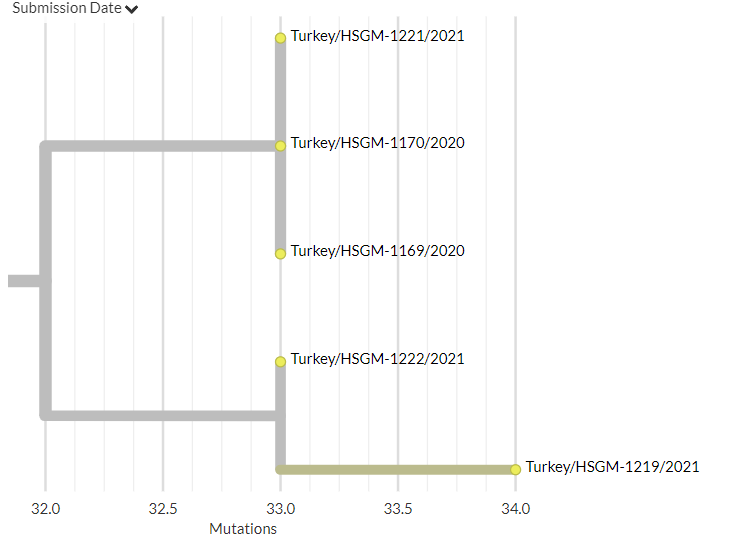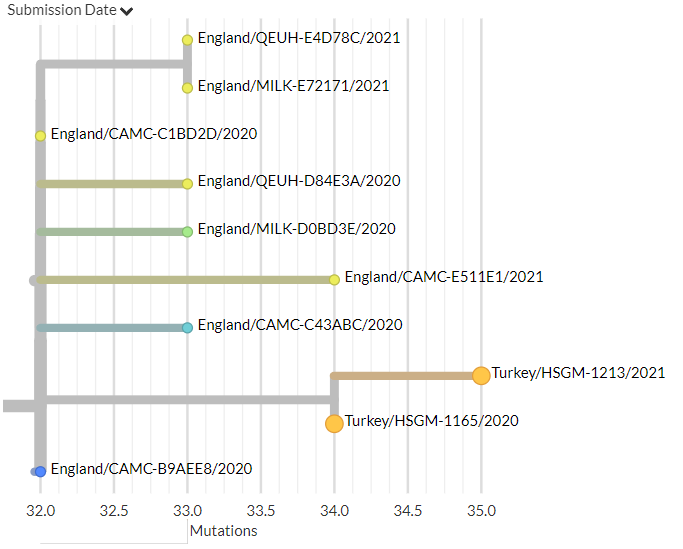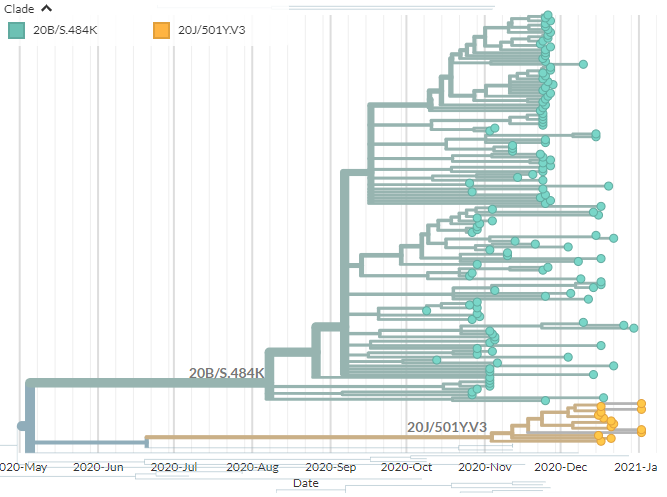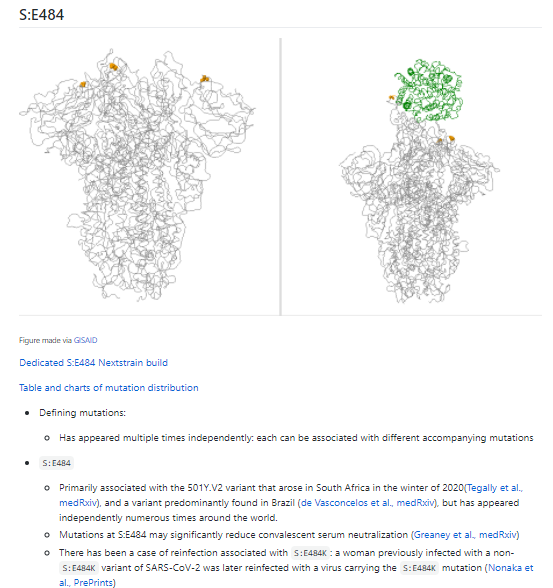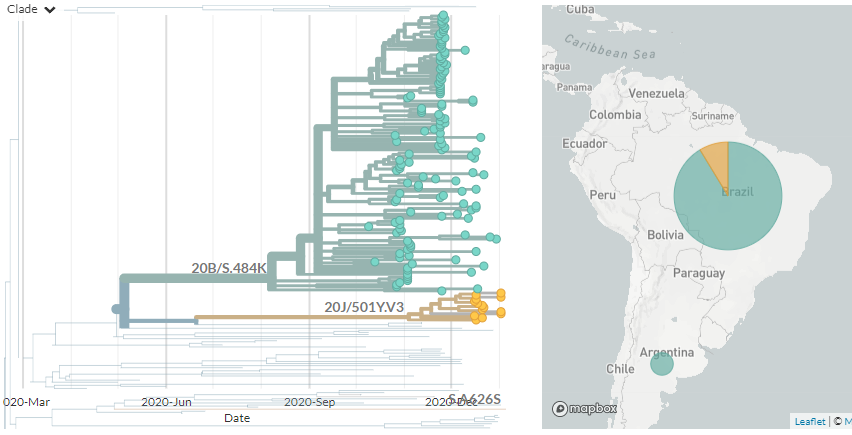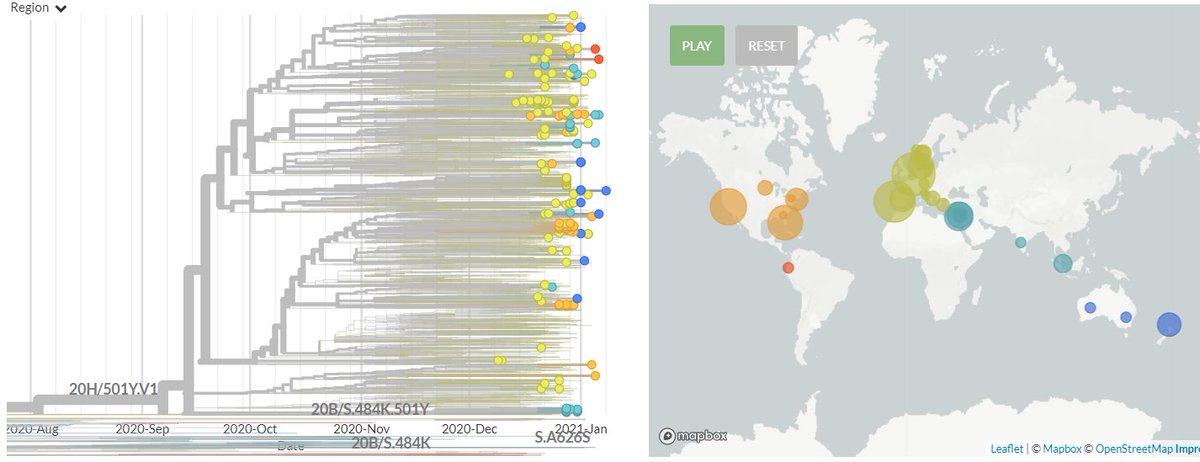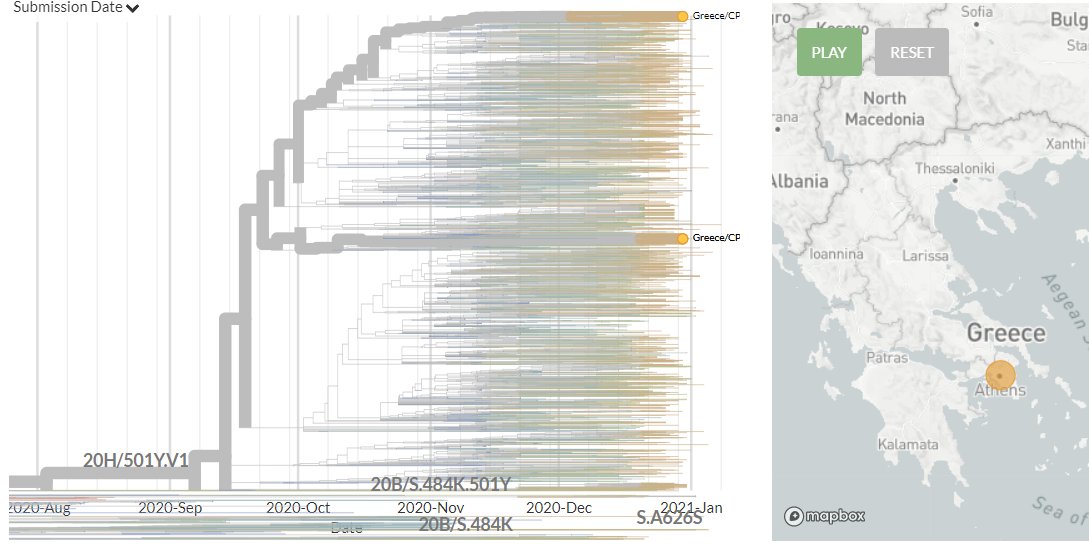
I got a lot of messages last week about a 'new variant' in Bavaria, Germany.
Notably, scientists at @ChariteBerlin have announced this is *not* a new variant. Link may stop working so screenshot attached.
Read on to see the sequences...
1/4
spiegel.de/wissenschaft/c…
Notably, scientists at @ChariteBerlin have announced this is *not* a new variant. Link may stop working so screenshot attached.
Read on to see the sequences...
1/4
spiegel.de/wissenschaft/c…
https://twitter.com/vmcorman/status/1352531294584975360

3 seqs indicated in red are apparently from the hospital. They're coloured by deletion at position 69, which likely caused them to be flagged (501Y.V1 has it too). However, they're related to other sequences in Germany & Turkey, also w the deletion.
2/4
nextstrain.org/groups/neherla…
2/4
nextstrain.org/groups/neherla…

We do see the 69/70 deletion has appeared independently previously. While this is interesting, I don't think it increases concern significantly about this group of sequences, which are part of a larger cluster that's been circulating in Germany since spring 2020.
3/4

3/4


I hope this reassures those who were worried by the original announcement & is a reminder to all of us scientists that we should be careful when making announcements. It's often better to err on the side of caution, particularly before you have a sequence.
4/4
4/4
• • •
Missing some Tweet in this thread? You can try to
force a refresh











